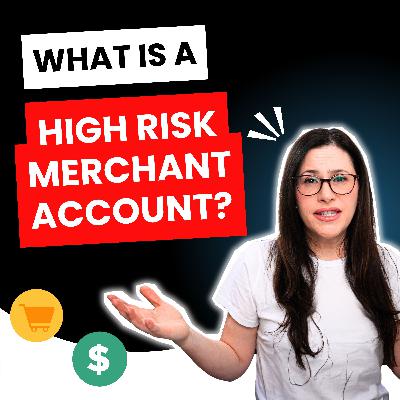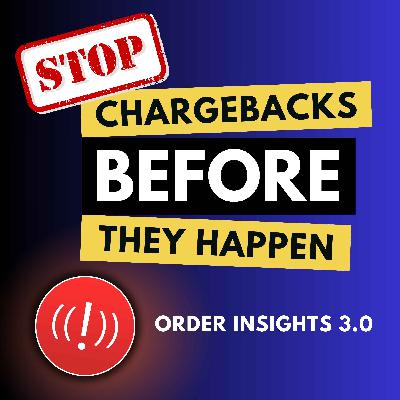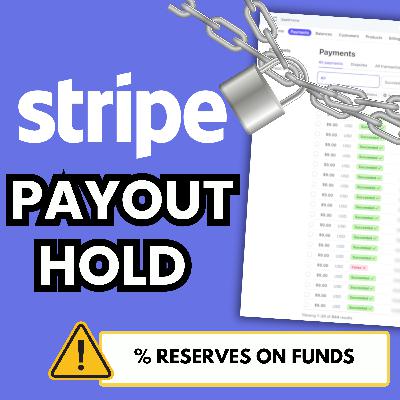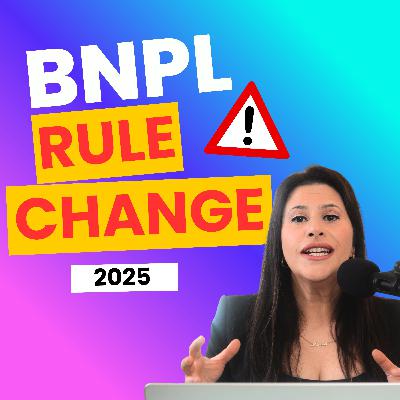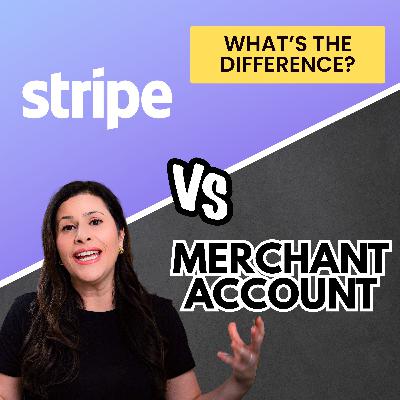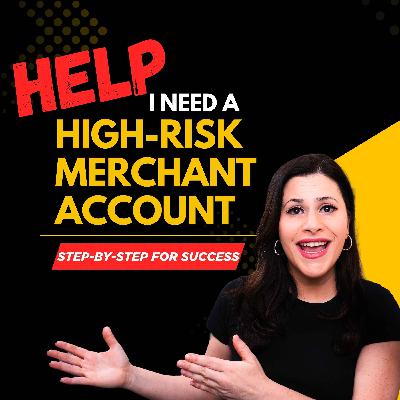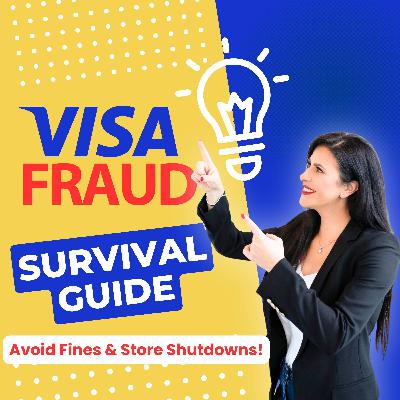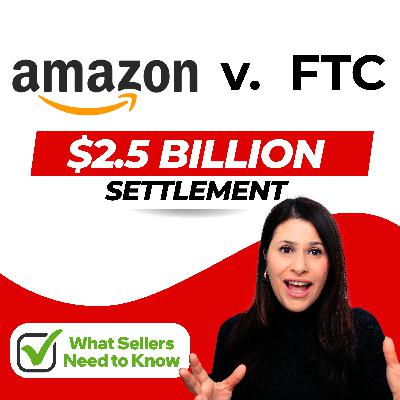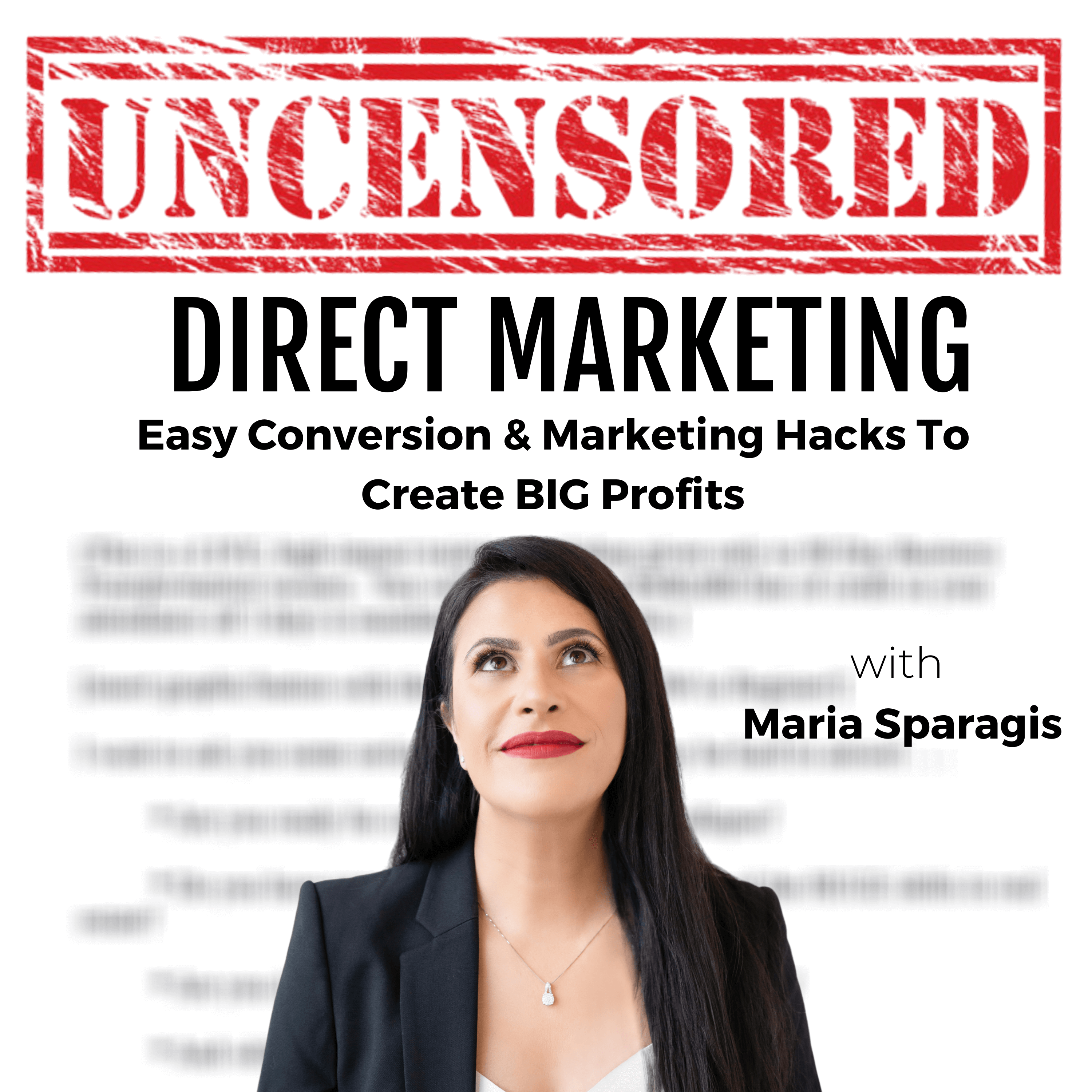High-Risk Merchant Accounts Explained: Do You NEED One?
Description
Most businesses only find out they’re high-risk after getting shut down. Learn what the label really means and how it impacts your ability to accept payments.
Are you running an online business and wondering if you’re considered high-risk? High-risk merchant accounts are one of the most misunderstood parts of payment processing. The truth is, most e-commerce, subscription, and digital product businesses fall into the high-risk category — even if they’ve never had issues with payments before.
In this video, Maria breaks down what a high-risk merchant account is, why businesses get labeled high-risk, the differences between high-risk and regular merchant accounts, and what that means for your fees, approvals, and chargebacks. If you’re asking “Do I need a high-risk merchant account?” or “Is my business high-risk?”, this guide will give you the answers.
What You’ll Learn:
- ✅ What qualifies as a high-risk business
- ✅ Why payment processors use the “high-risk” label
- ✅ High-risk vs. regular merchant accounts
- ✅ The real implications for your business (fees, approvals, chargebacks)
- ✅ What to do next if you’re high-risk
Understanding how high-risk merchant accounts work can save your business time, money, and stress. If you need a reliable merchant account tailored for your business, DirectPayNet can help!

